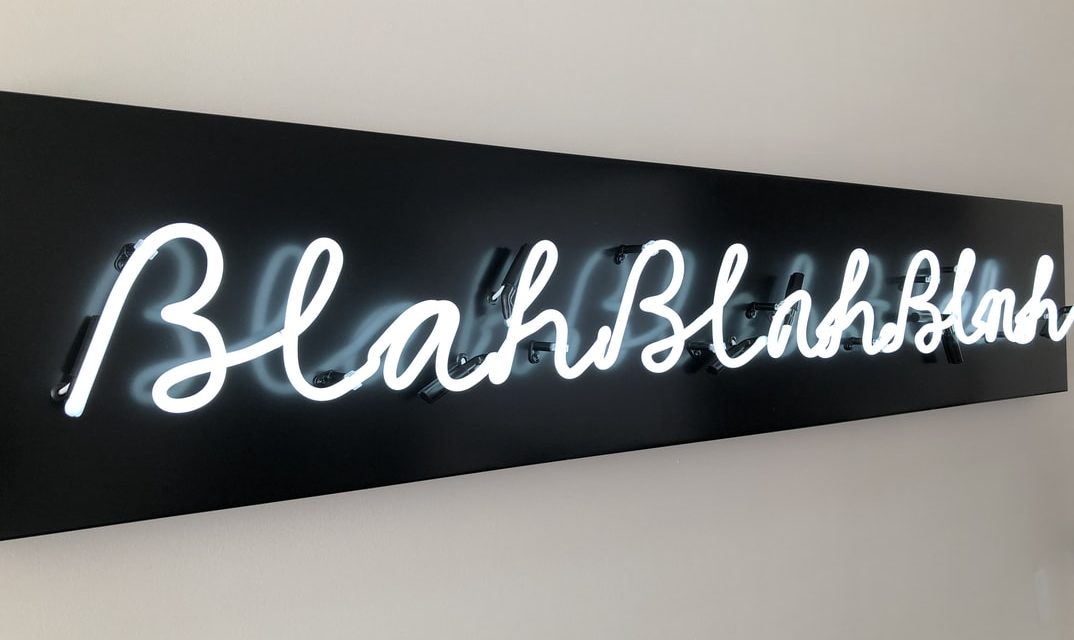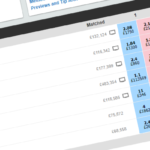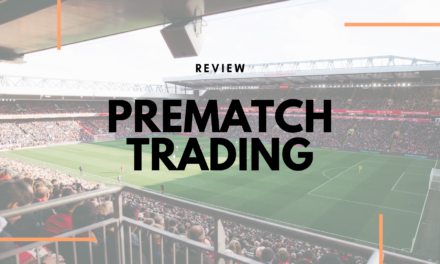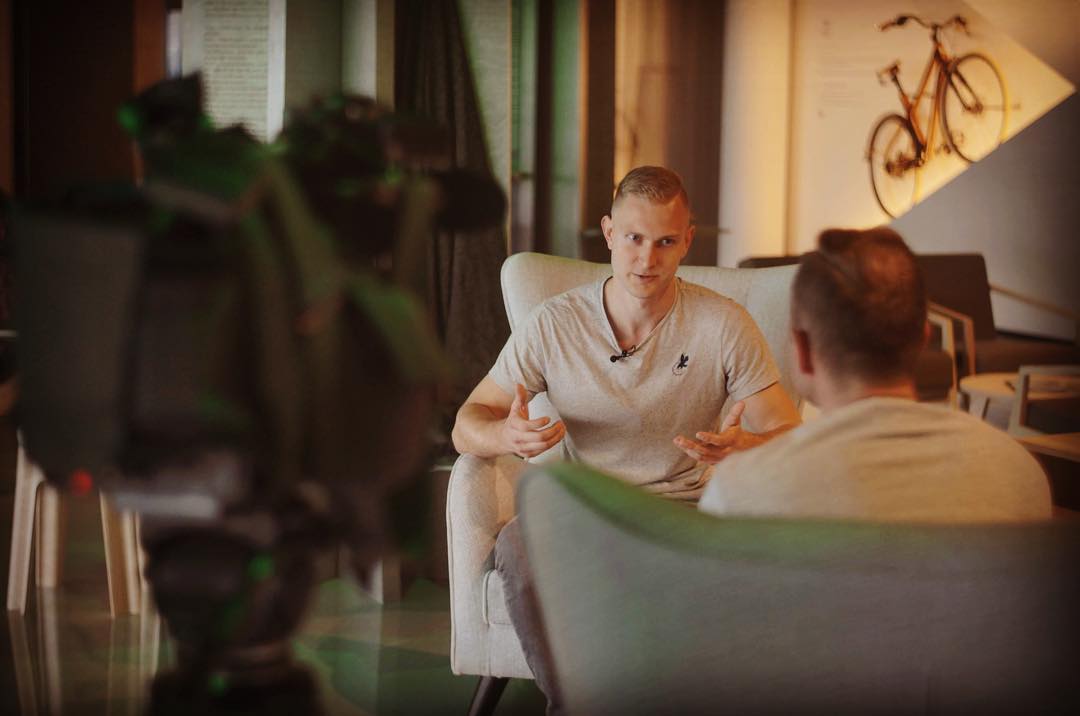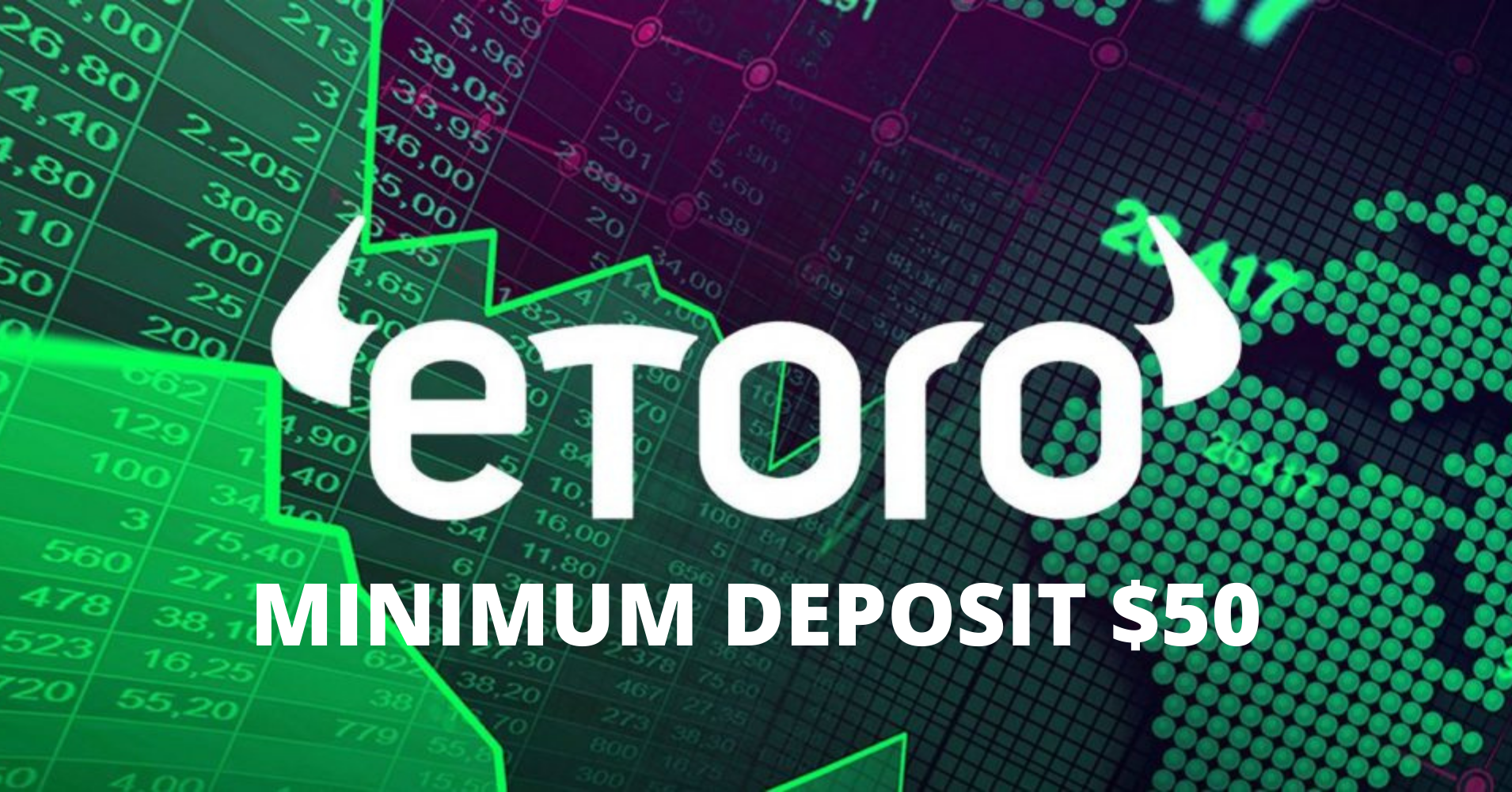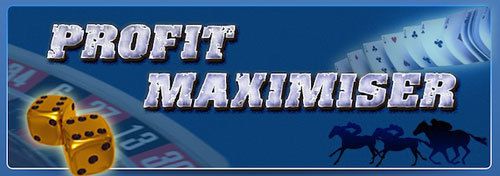As you read this site and continue on your journey to becoming a sports trader you will come across various terms & slang that you may not be familiar with. Below I’ve set out explanations of the main ones you will come across.
Accumulator – Often referred to as an acca – A bet whereby two or more selections are chosen in the same bet, all selections have to win in order for you to win your bet. Note you can not trade on accumulators on the Betfair Exchange.
Arbitrage Betting – Often referred to as an arb bet or just an arb, it is a no risk bet whereby you find complimentary odds with two or more bookmakers and place bets covering all possible outcomes, usually for a small, but guaranteed profit.
Back Back Bet or Backing – This is a traditional type of bet that can be placed with Betfair and any other bookmaker whereby you place a bet backing the outcome of an event. For example betting on Roger Federer to win Wimbledon, if he win’s you win.
Back/lay – This technique is a fundamental of trading, you start by placing a traditional back bet, for example saying Manchester City are going to beat Burnley then later on in the event if Manchester City go ahead you can then place a lay bet at smaller odds than you initially received, leaving you in a situation whereby you win if Manchester City win and you win if Manchester City don’t win. For a more detailed explanation of back/lay trading, click here.
Betfair – A betting exchange whereby bets are made with other users instead of with Betfair, for every bet placed on the Betfair Exchange there is another user placing the opposite bet
Betdaq – An alternative betting exchange to Betfair whereby you are still betting with other users with a few added extra features that are not available on the Betfair Exchange.
Bet Slip – The electronic form used to place your bet or bets on Betfair
Blind Trade – Whereby you are trading on an event without watching it live.
Evens – A bet whereby the amount you win is the same as the amount placed, this is represented by the number 2.0 on Betfair indicating that your return will be twice that of your stake.
Event – An event is anything you can trade on, the event can usually be sub divided into markets. For example a cricket match between India and Sri Lanka would be the event, within that there are markets, such as the win market or the run outs market.
Exposure – This indicates how much money you have on a particular event(s) or market(s) you might hear a Betfair trader talking about being overexposed meaning they feel like they have trades in too many events.
Or you can be overexposed in an event; for example, if you have a bet on 0-0 in a football match and under 2.5 goals and under 1.5 goals whilst also laying 2-0 then you might say you’re overexposed in the under goals market as you’re relying heavily on few or no goals.
Green Book (aka All Green Book, aka Sea Of Green and other green analogies) – This is the point when a ‘no lose’ situation is achieved in a betting market. For example in a tennis match between Djokovic and Nadal you may have a green £10 written next to Djokovic’s name indicating a £10 win if Djokovic wins and a green £0 written next to Nadal’s name indicating at worst you lose (and win) nothing.
Hedging A Bet – A technique whereby you cover two different markets in the same event that directly or slightly oppose each other, so for instance you may back under 2.5 goals in a football match, but then after 20 minutes you decide to lay 0-0 at half time. This way if a goal goes in in the first half your 2.5 goals is in danger but you’ve won the 0-0 HT lay so you’ve cut any potential losses or enhanced your potential win.
Indicator – A statistic that points towards a certain outcome in an event. For example a team that has lost its last 3 home games could indicate a possible loss against when playing a strong away side.
In Play Betting – Betting on an event whilst it’s taking place, most trading on Betfair will be in play as the odds will usually fluctuate most whilst an event is taking place.
Lay/Back – This is the opposite of the back/lay example above and as before can be considered to be the essence of trading. You start by laying an outcome for small odds, then later back it for bigger odds. For a more detailed explanation of lay/back trading, click here.
Lay Bet – (aka lay, laying a bet or backing against) This type of bet is exclusive to betting exchanges such as Betfair and Betdaq. Laying a bet is essentially saying something won’t happen, the difference is when laying a bet on your betting slip the amount of money you put down is the amount you want to win, rather than the amount of money you’re prepared to risk as in a back bet.
When laying a bet your liability will be determined by the odds, for example if you lay Chelsea to win the English Premier League, then you are saying Chelsea won’t win the title, if the odds for them to win are 3.0 (2/1) then your liability is twice your stake. So a £10 lay at 3.0 will give you a £20 liability. In other words, you’ll win £10 if they come 2nd or worse and you’ll lose £20 if they win the league.
Liability – This is the money you stand to lose if your bet loses, your liability on a back bet is always the amount you initially put on the bet. Your liability on a lay bet depends on the odds at which you lay your bet, for example; a £10 lay bet at 4.0 (3/1) will mean your liability is £10 x 3 = £30.
Liquidity – Refers to the amount of money being traded on an event and/or market, lots of trades happening is referred to as high or good liquidity. When there are few trades being made on an event or market this is referred to as poor liquidity.
Liquidity is important if you are back/lay or lay/back trading as you need people out there who are willing and available to take your bet in order to achieve your green book.
Lump On – The term lump on or lumping on implies placing a large bet on an event you believe to be a sure thing.
Market Depth – This term refers to the amount of money that is waiting to be matched on an event or market. It is indicated by percentage markers over the market box.
Market depth is intrinsically linked to liquidity, so as a general rule As a general rule high market depth = high liquidity, low market depth = low liquidity.
Market Volume – Indicates the amount of money traded in an event, televised events tend to have a higher market volume than non-televised, as with market depth, market volume is intrinsically linked to liquidity. As a general rule high volume = high liquidity, low volume = low liquidity.
Negative Lay – This is whereby your liability is bigger than the amount you put on so as above whereby you’ve placed a £10 lay at odds of 4.0 (3/1) meaning your liability is 3 times greater than the amount you stand to win.
Odds on – When your potential winnings are smaller than your initial liability, if you place a back bet. For example odds of 1.3 (1/3) would mean that if you backed a win market with £10 your winnings would be £3 making your return £13 from your initial £10.
If you’re laying at odds on, then your potential winnings are larger than your initial liability. For example for the above odds of 1.3 a £10 lay would mean that your liability was £3, so this time you are risking £3 to win £13.
Paper Trade – A trade done on paper to test the market, the sums are still entered on the betslip and recorded at the appropriate times during the trade, but no actual bets are placed.
Placing An Order – This is another term for placing a back or a lay bet on an event.
Positive Lay –This is whereby your liability is smaller than the amount you put on so a situation whereby you’ve placed a £10 lay at odds of 1.5 (1/2) so your liability in this case would be £5
Red Book – This is whereby you have cut your losses and traded a losing situation so whatever happens you will lose money.
Return – The total amount of money you get back from a trade and is calculated: stake + winnings = return.
Scalping – This is whereby a series of back and lay bets are placed on a particular market or event while odds are fluctuating with the aim of making a series of small profits.
Stop Loss – A technique whereby an order is placed on the market at higher back odds or lower lay odds than you originally got in order to ensure your losses on a particular trade don’t go any higher than you are comfortable with at the beginning of your bet.
Tilt – Putting on a series of higher and higher bets and trades on one or more events and/or markets in order to win back a significant loss; this is to be avoided.
Trailing Stop Loss – Like a stop loss above, however this time you are adjusting the amount you are prepared to lose as the trade develops. For a more detailed explanation of a trailing stop loss click here.
Winnings – The amount of money you get back from a trade minus your initial stake and is calculated: return – stake = winnings.

